"A tear on the cheek of time" .. With this phrase, the Nobel Prize-winning Indian poet, "Rabindranath Tagore" within the early twentieth century described the monument, which has been standing for 370 years as a witness that some love stories don't perish through time, but rather remain fleeting For history, and in 1983 the UN Educational, Scientific and Cultural Organization, UNESCO, placed it among the "World Heritage Sites", so it became the foremost important of the Seven Wonders of the planet.
This gigantic effect, which was known internationally as "Taj Mahal", was nothing but a tear of sadness immortalized by the Mughal emperor, ruler of India, Giyath al-Din Khurram Jahangir, who was famously referred to as Shah Jahan. Mahal, meaning the jewel of the palace, wanted to immortalize it with the best crown in history, so he created a large mausoleum for her, whose architecture combines Iranian, Ottoman and Indian art, to become the foremost distinctive in Mughal architecture.
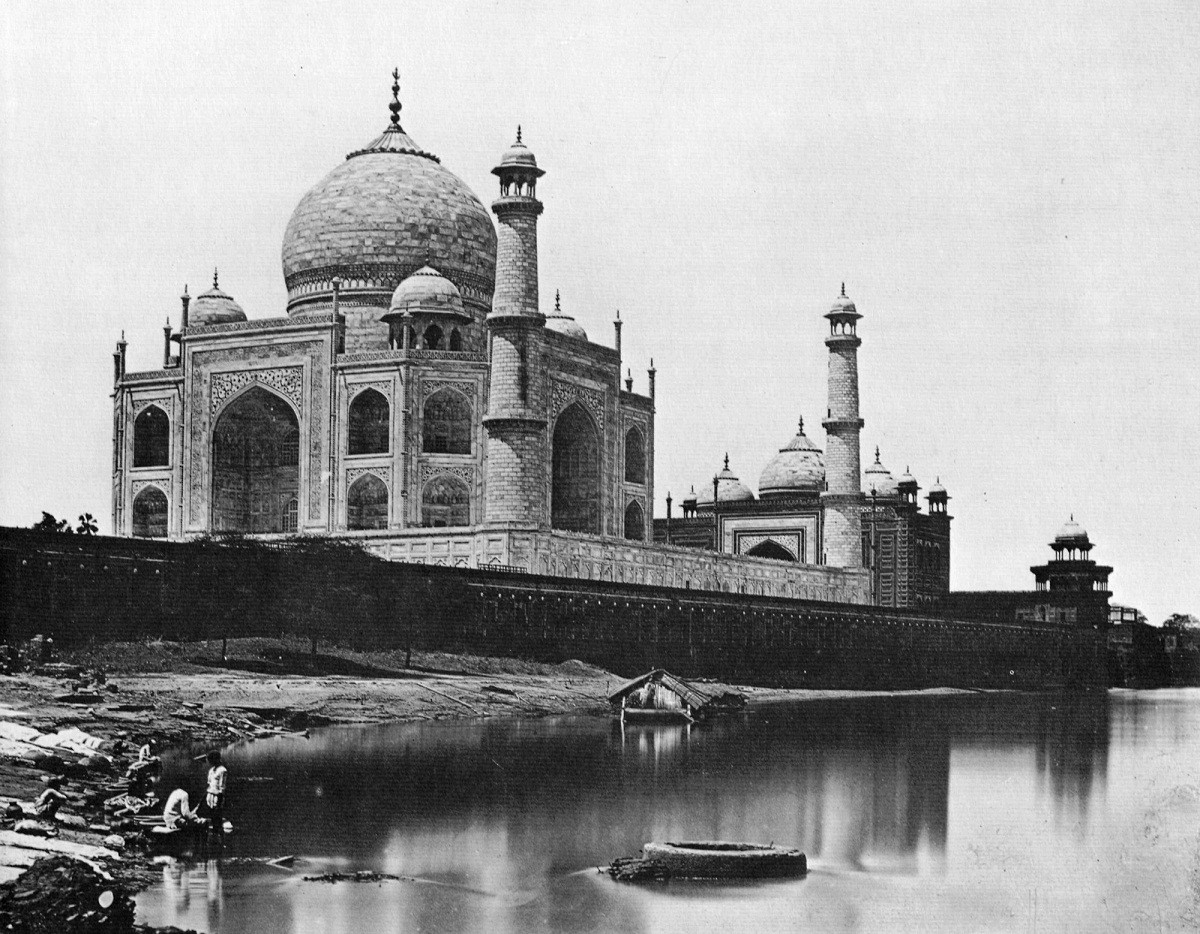
The Taj Mahal, which stands in northwestern India, specifically on the southern bank of the Yamuna River within the city of Accra, was built of pure white alabaster marble, so its color changes with the reflection of moonlight and sun on that. Shah Jahan described that as “the sun and also the moon whimper of sorrow, "the temple was also grafted with 28 forms of precious and semi-precious stones like turquoise, lazuli, lisse, Tibet, crystal, and jade, which were imported from China, Rajasthan, Punjab, Afghanistan and state, while the Arabian Peninsula Then came the stone "Agate", and nearly k elephants were accustomed transport these materials.
To reach that mausoleum, you've got to pass its huge main gate, which reaches a height of 35 meters, constructed of red sandstone, topped by 22 small domes for the amount of years that it took to create, and to the correct of the gate are covered buildings that served as sleeping rooms for about 20 thousand workers who built That crown, and as soon as you cross the gate, you discover the mausoleum garden, which reaches 300 meters in size, with an oblong pool of water within the middle, starting after the gate until it ends at the crown structure, and within the middle of the gap between the pond and therefore the grave there's a marble tank.
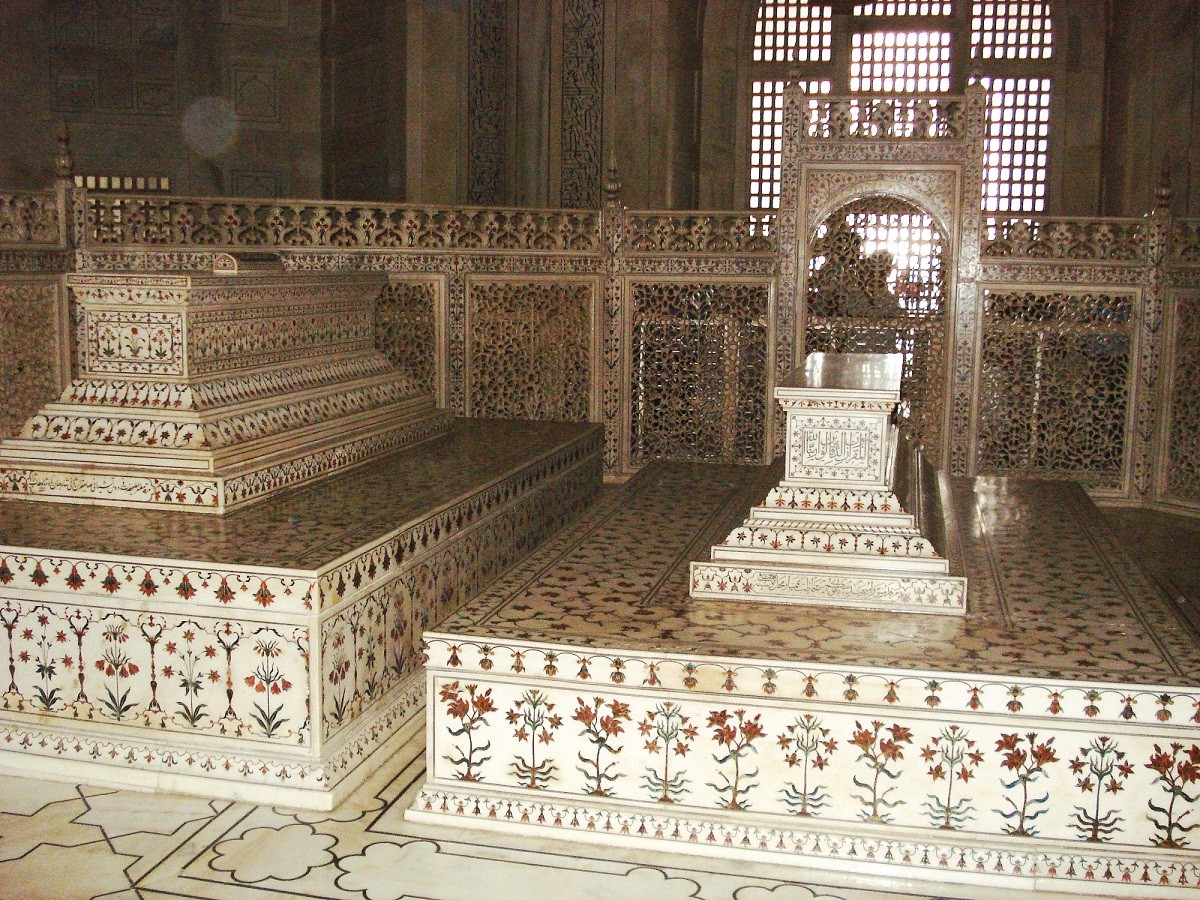
Although the practice in Mughal culture is that the shrines are within the middle of the gardens, but the Taj Mahal Garden contradicted this, because the crown structure is found at the top of the garden directly on the river bank, although the Indian Ministry of Culture confirms that the architect, "Ali Mardan" who designed the mausoleum, is taken into account The river itself is an element of the look, and also the Mahtab Bagh park on the opposite bank of the river is that the remainder of the planning.
As for the mausoleum itself, it had been built on a good terrace coated with white alabaster, on its corners 4 circular minarets were erected, each about 37 meters high, each surrounded by three wide circular balconies, and within the middle of the mastaba the mausoleum rises with its four facades, topped by five domes, four they're on the corners of the roof of the structure, while the fifth dome is within the middle of the roof, and it's the biggest of them with a diameter of about 17 meters, and a height of twenty-two.5 meters. Shah Jahan and his wife Princess Mumtaz.
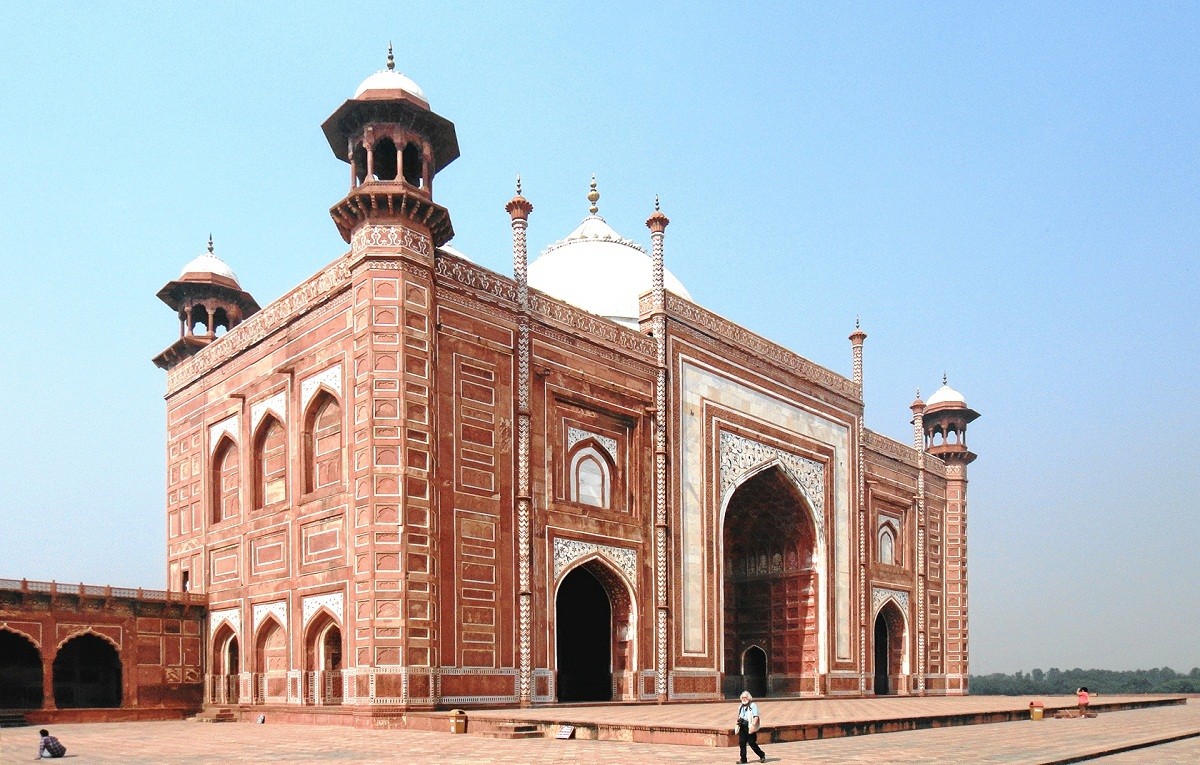
It took 22 years to create the mausoleum, as construction began in 1632 and led to 1653. As for the minarets, mosques, the gate and therefore the garden, their construction took a further 10 years, at a value of 32 million rupees. over 20 thousand engineers and workers participated within the construction of the mausoleum. Supervision of the emperor, among them the designer "Ahmed Lahori" The master of the mausoleum, the architect "Ismail Effendi", the designer of the most dome, and also the engineer "Issa Muhammad Effendi" who added the Persian architectural touch, additionally to the Iranian calligrapher "Amana Khan".
And it had been found on a listing on the northern side of the river, engraved with the names of 671 participants within the construction of the mausoleum, and that they were all from India, Persia, Europe, Turkey, Iran, Syria and Central Asia. Some archaeologists believe that this list was written by craftsmen who were working within the building in memory of their names. And after five years from the completion of the development, "Aurangzeb" revolted against his father, "Shah Jahan," and removed him from the govt, and he determined his residence until he died in 1666, so he buried him in his mausoleum inside the crown next to the tomb of his wife.
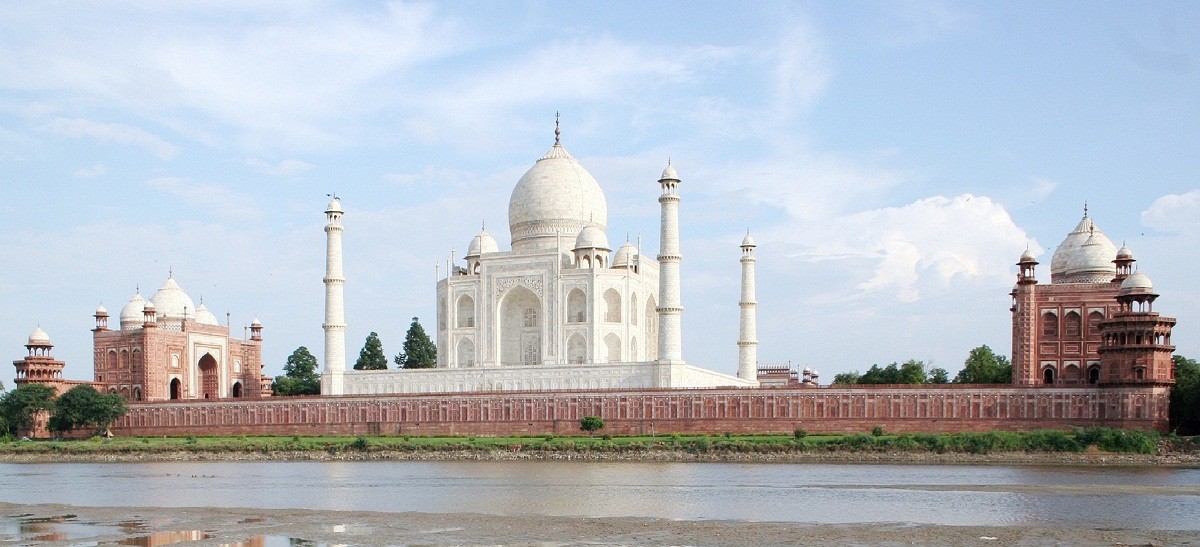
During the rule of Aurangzeb, the crown was neglected until parts of it collapsed, and also the British soldiers and their notables deformed the body of the temple by engraving on its walls, until Lord "Carzon" ordered the Viceroy to revive it again, and also the restorations were completed in 1908, and he also supervised the restoration of the outer garden. So it bore land character of the sprawling gardens, and installed the massive lamp within the inner room of the mausoleum, which resembles the Islamic lamps that were used plenty within the mosques of Cairo.
The fame of the mausoleum has led to several cultures and countries seeking to imitate it in their gardens, which led to the emergence of replicas of it in each of the windows of the planet commons, located within the western a part of the Chinese city of "Shenzhen", and a number of other buildings designed within the sort of a crown a store like the mausoleum, Bangladesh, the "Baby Ka" cemetery, in Aurangabad within the state of Maharashtara, the Trump Taj Mahal casino and hotel in Atlantic City within the state of latest Jersey, USA, and also the Tripoli Shrine Mausoleum in Malwaki, Wisconsin, USA.
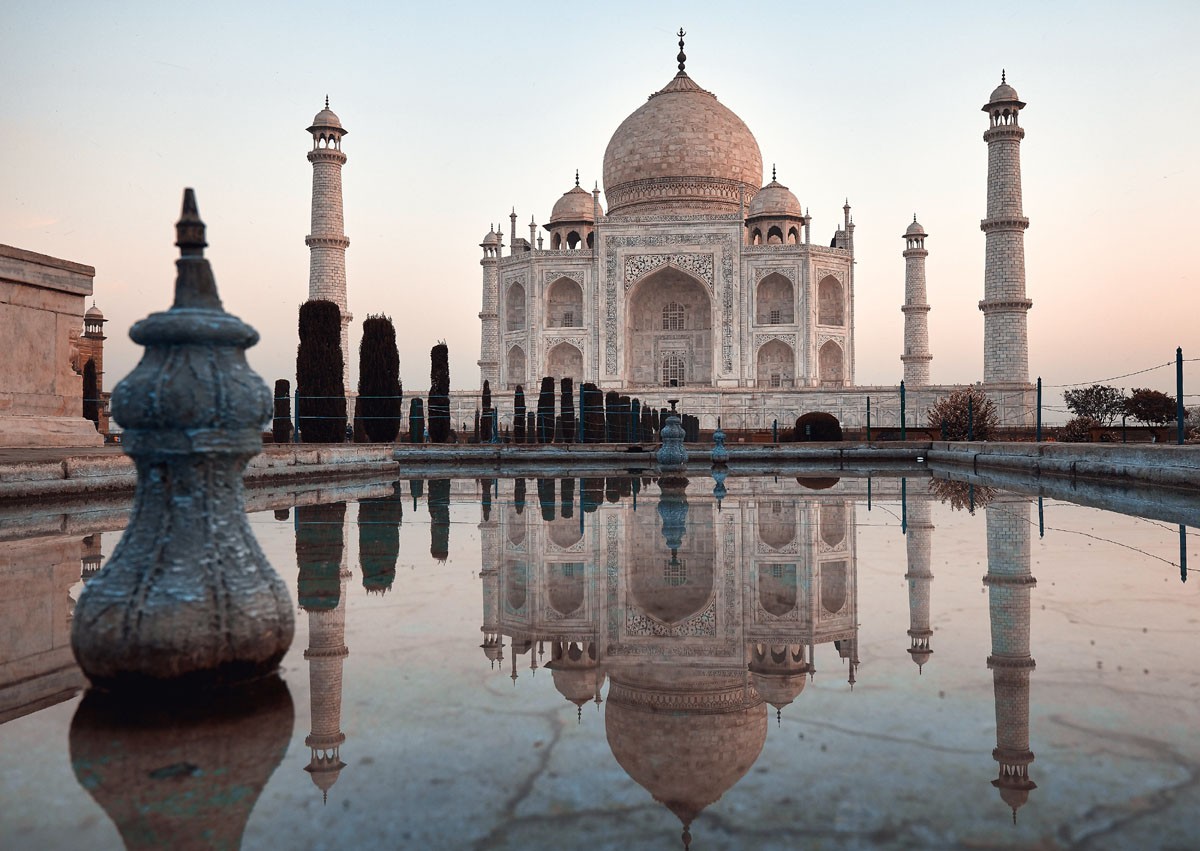

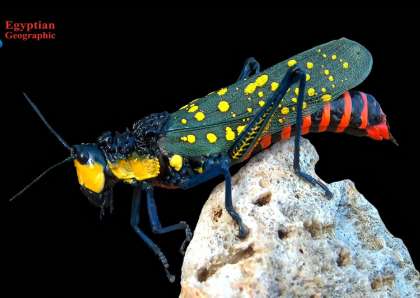

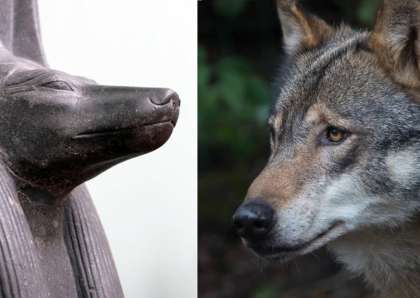

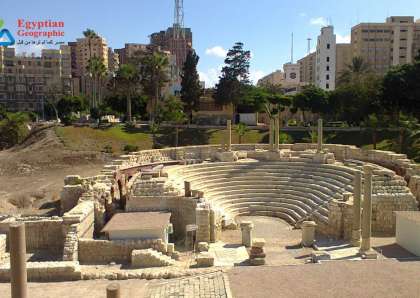
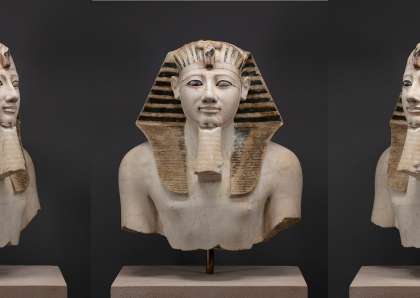
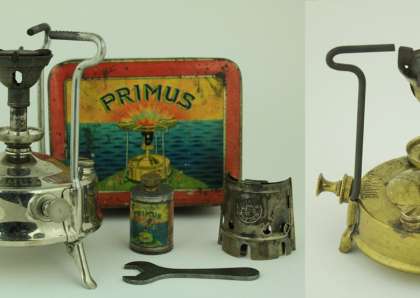

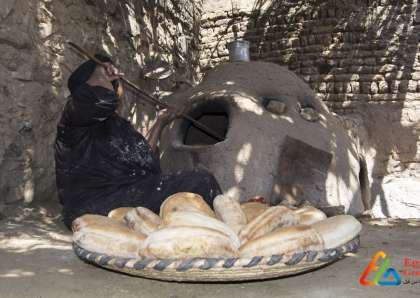
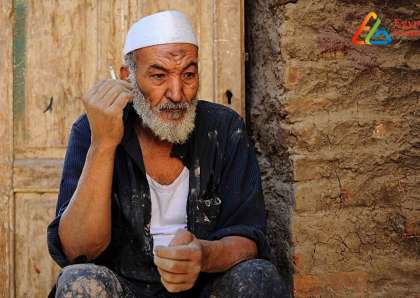
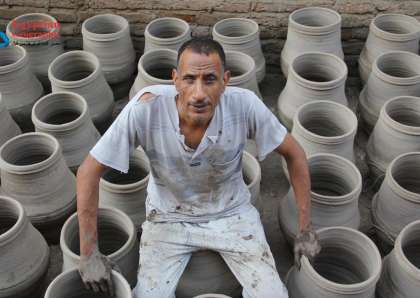
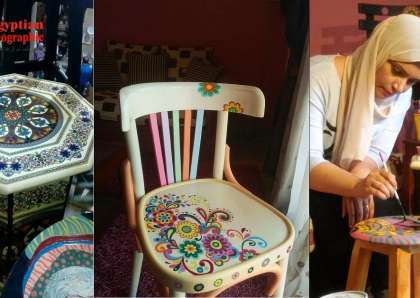



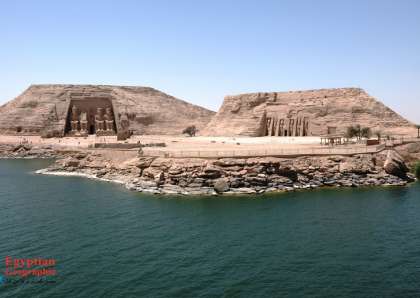
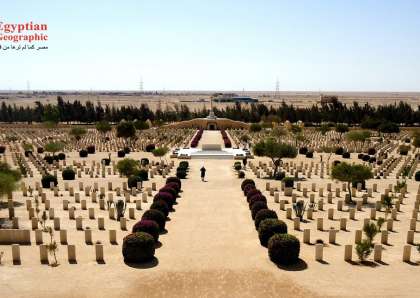
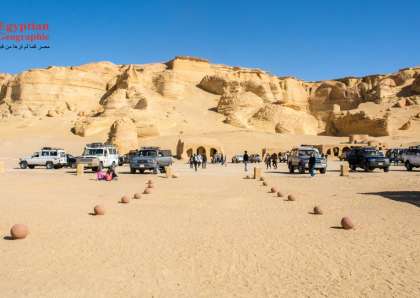

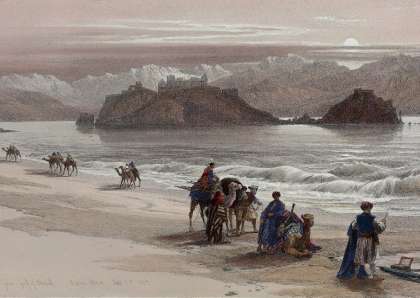


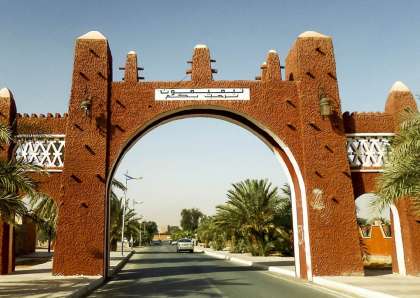
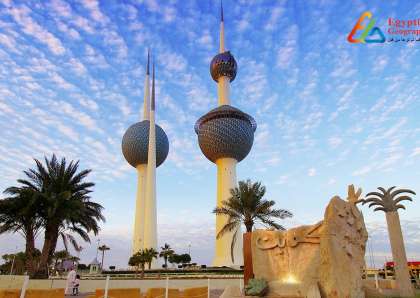



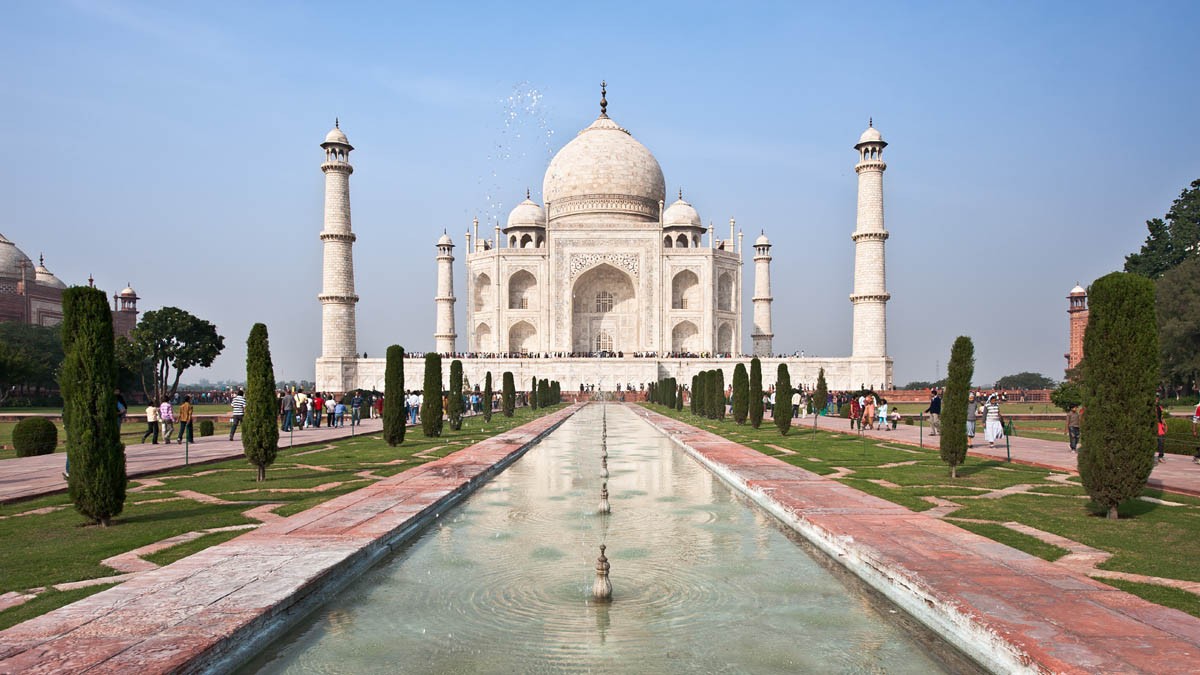







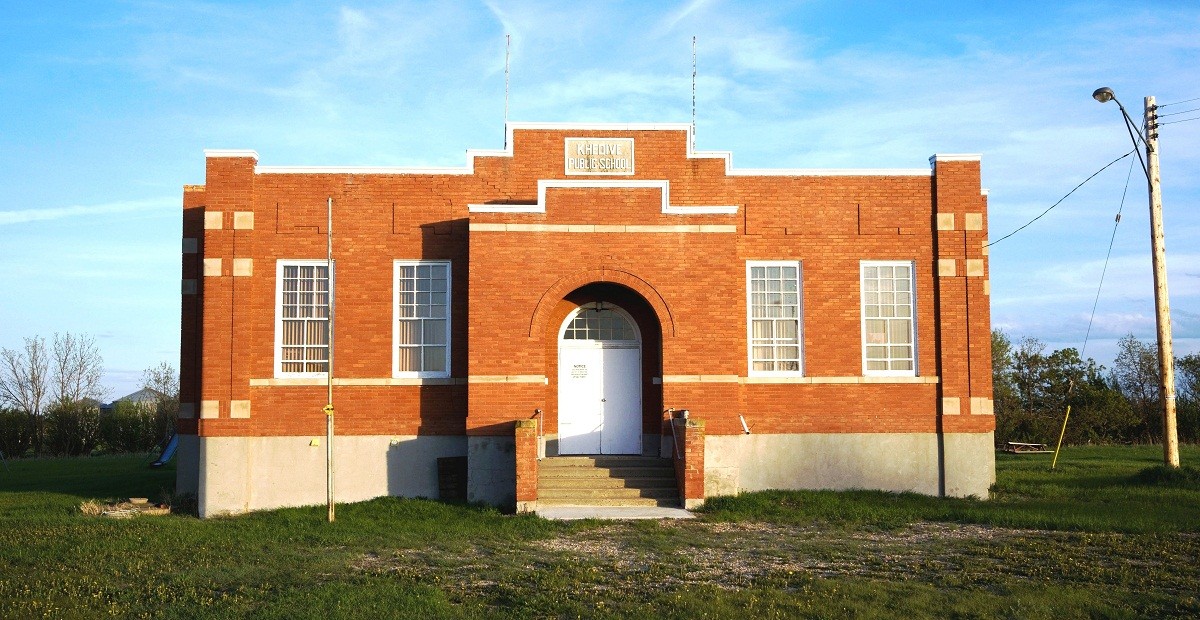
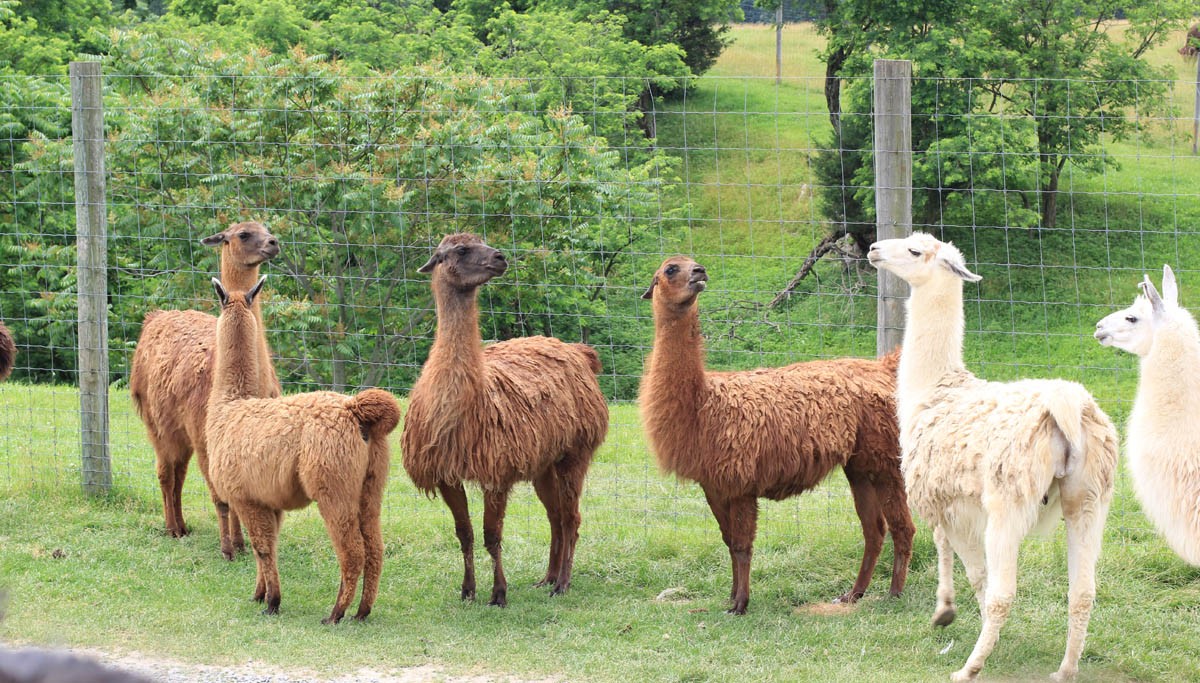


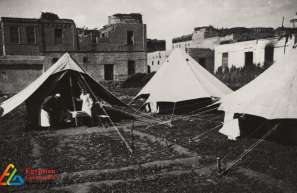

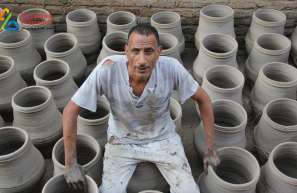

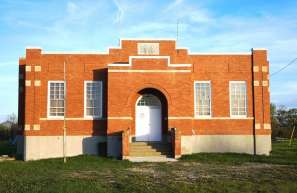



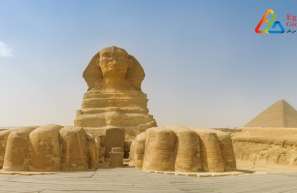


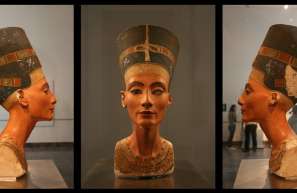


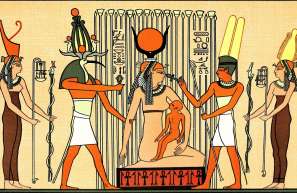









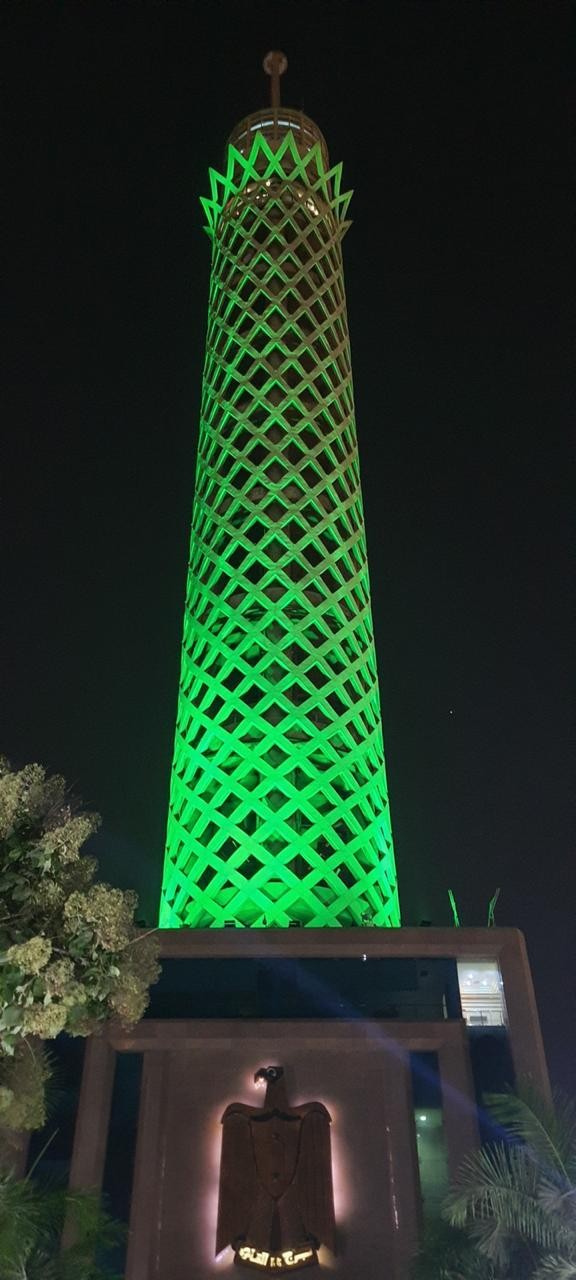
Egyptian Site & magazine